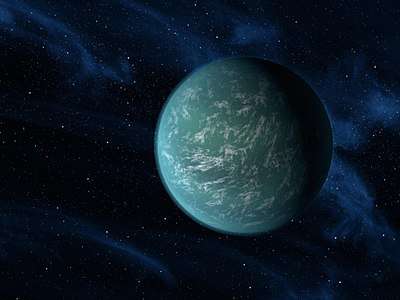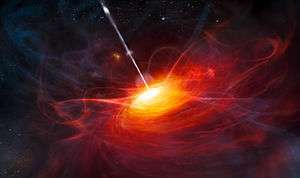2011 ES4
2011 ES4 (also written 2011 ES4) is an Apollo near-Earth asteroid roughly 25 meters (82 feet) in diameter. It was discovered on 2 March 2011 when the asteroid was about 0.054 AU (8,100,000 km; 5,000,000 mi) from Earth and had a solar elongation of 159 degrees. It passed closest approach to Earth on 13 March 2011.[2] The asteroid has a short observation arc of 4 days and has not been observed since March 2011. The asteroid is expected to pass within 1 lunar distance of Earth in early September 2020.
| Discovery[1] | |
|---|---|
| Discovered by | Mt. Lemmon Survey (G96) |
| Discovery date | 2 March 2011 |
| Designations | |
| 2011 ES4 | |
| Orbital characteristics[2] | |
| Epoch 27 April 2019 (JD 2458600.5) | |
| Uncertainty parameter 7 | |
| Observation arc | 4 days |
| Aphelion | 1.354 AU (Q) |
| Perihelion | 0.8262 (q) |
| 1.090 AU (a) | |
| Eccentricity | 0.2422 (e) |
| 1.14 yr | |
| 351° (M) | |
| Inclination | 3.36° (i) |
| 339.90° (Ω) | |
| 273.5° (ω) | |
| Earth MOID | 0.0004 AU (60,000 km) |
| Jupiter MOID | 3.6 AU |
| Physical characteristics | |
| Dimensions |
|
| 25.7[2] | |
2019
NEODyS and JPL Horizons show the asteroid coming to opposition (opposite the Sun in the sky) around 8–13 December 2019 at around apparent magnitude 24.8.[4] (Magnitude 24.8 is about 30 times fainter than the more common magnitude 21 detected by automated Near-Earth object surveys.) During opposition, the uncertainty in the asteroid's sky position will cover about 3.8 degrees of the sky.[4]
2020
Around 1 September 2020 (±7 days) the asteroid is expected to pass about 0.0005 AU (75,000 km; 46,000 mi) from Earth.[2] But the asteroid could pass as far away as 0.11 AU (16,000,000 km; 10,000,000 mi),[2] which could make the asteroid much fainter and more difficult to recover. There is no risk of a 2020 impact because the line of variation (LOV) does not pass through where Earth will be. JPL Horizons predicts that the asteroid may be hidden in the suns glare until hours before closest approach. NEODyS does not expect the asteroid to be more than 50 degrees from the Sun until 21 August or to become brighter than magnitude 24 until 31 August with closest approach occurring on 5 September 2020.[5]
2055
With a short 4-day observation arc, the Sentry Risk Table shows an estimated 1 in 71000 chance of the asteroid impacting Earth on 2 September 2055.[3] The nominal JPL Horizons 2 September 2055 Earth distance is 0.7 AU (100,000,000 km; 65,000,000 mi) with a 3-sigma uncertainty of ±3 trillion km. (Due to the short 4-day observation arc, between 2011 and 2055 the uncertainty region grows to wrap around the entire orbit so the asteroid could be anywhere on any of the numerous orbit fits.) NEODyS lists the nominal 2 September 2055 Earth distance as 1.9 AU (280,000,000 km; 180,000,000 mi).[6]
References
- "MPEC 2011-E13: 2011 ES4". IAU Minor Planet Center. 3 March 2011. Retrieved 1 May 2019. (K11E04S)
- "JPL Small-Body Database Browser: (2011 ES4)" (last observation: 2011-03-06; arc: 4 days). Jet Propulsion Laboratory. Archived from the original on 2 May 2019. Retrieved 1 May 2019.
- "Earth Impact Risk Summary: 2011 ES4". NASA/JPL Near-Earth Object Program Office. Archived from the original on 9 May 2019. Retrieved 1 May 2019.
- "2011ES4 Ephemerides for December 2019". NEODyS (Near Earth Objects – Dynamic Site). Archived from the original on 2 May 2019. Retrieved 1 May 2019.
- "2011ES4 Ephemerides for September 2020". NEODyS (Near Earth Objects – Dynamic Site). Archived from the original on 2 May 2019. Retrieved 1 May 2019.
- "2011ES4 Ephemerides for 2 September 2055". NEODyS (Near Earth Objects – Dynamic Site). Archived from the original on 2 May 2019. Retrieved 1 May 2019.


.jpg)


_on_1_May_from_Indonesia.jpg)